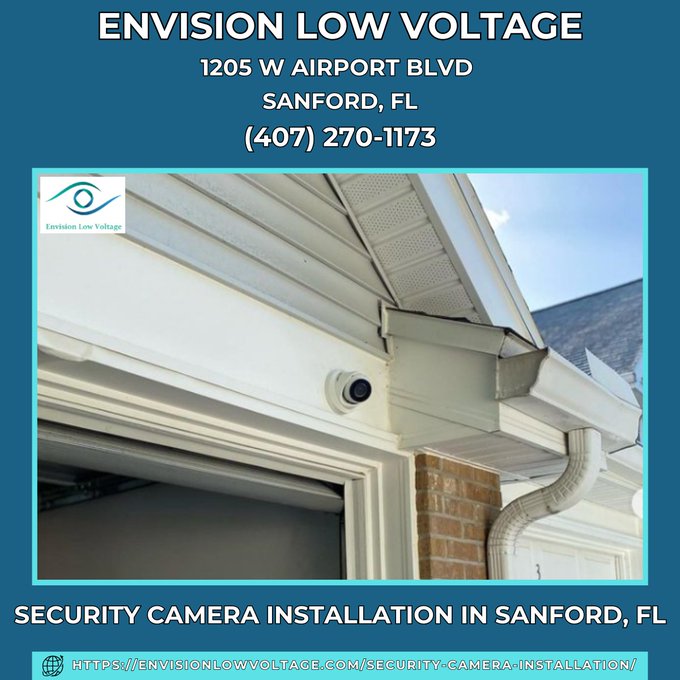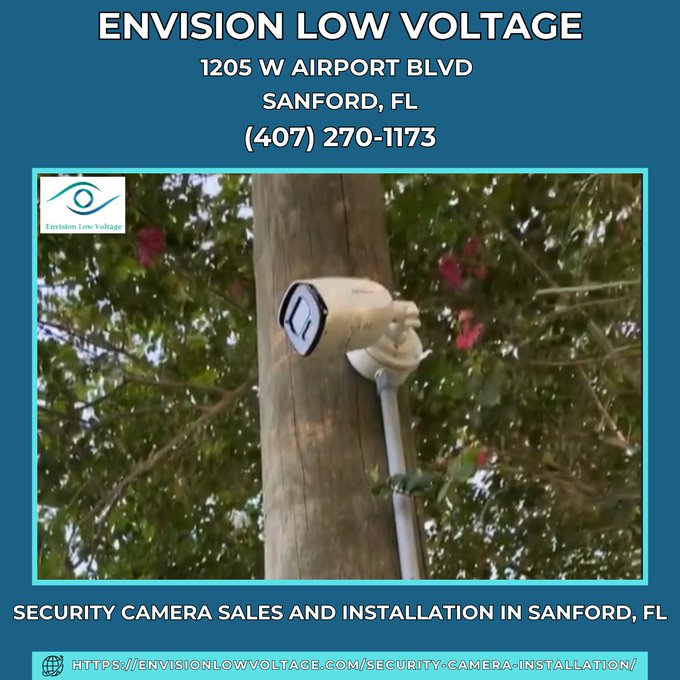Introduction
In today's world, ensuring the safety of your home or business has become a top priority for many individuals. The increasing rates of theft and vandalism have propelled the demand for effective security solutions. One of the most critical components of any security system is the camera. However, to maximize the effectiveness of your surveillance setup, you must consider Maximizing Coverage: How Many Angles Should Your Camera Cover?
This question isn't just about the number of cameras you need; it's also about their placement and viewing angles. In this comprehensive guide, we will explore various aspects of security camera coverage, installation costs, the pros and cons of different types, and much more. By the end, you'll have a clearer understanding of how to protect your property effectively.
Understanding Security Camera Coverage
What Does Security Camera Coverage Mean?
Security camera coverage refers to the area that a surveillance camera can monitor effectively. This encompasses not only the physical space captured in the camera's view but also factors like resolution and angle. Achieving optimal coverage can deter potential intruders while ensuring that you capture essential evidence if an incident occurs.
Why is Coverage Important?
Coverage is pivotal because it directly relates to your ability to monitor activities around your property. Gaps or blind spots in camera coverage can allow criminal activity to go undetected. Understanding how many angles your cameras should cover ensures that every entry point and vulnerable area is monitored.
Types of Security Cameras
Wired vs Wireless Cameras
Choosing between wired and wireless cameras plays a significant role in coverage effectiveness.
- Wired Cameras: Generally provide more reliable connections and are less susceptible to interference. Wireless Cameras: Offer flexibility in placement but may require a strong Wi-Fi signal.
Both types can be effective; however, your choice will affect installation logistics as well as overall coverage capabilities.
Indoor vs Outdoor Cameras
Indoor cameras primarily monitor spaces within homes or businesses, while outdoor cameras face environmental challenges such as weather conditions and varying light levels. Using both types strategically can enhance overall security.
Determining How Many Angles You Need
Assessing Vulnerable Areas Around Your Property
Before installing cameras, make a list of vulnerable areas around your home:
- Entrances (doors and windows) Driveways Backyards Garages
By identifying these critical spots, you can determine how many cameras you'll need for comprehensive monitoring.
How Many Security Cameras Should a House Have?
There's no one-size-fits-all answer here; however, experts recommend at least one camera per entrance plus additional units for larger properties or more complex layouts. A standard two-story home might benefit from five to eight cameras covering all angles effectively.
Camera Placement Strategies
Key Locations for Camera Installation
Front Door: The primary entry point should always be monitored. Back Door: Often overlooked but equally important. Garage: Protects vehicles and tools. Driveway: Capture any activity before it reaches your home. Windows: Particularly those on lower floors.Maximizing Coverage: How Many Angles Should Your Camera Cover?
When planning camera angles, aim for overlapping fields of view so that multiple cameras cover any single spot from different perspectives. This strategy minimizes blind spots significantly.
Installation Considerations
Do You Need an Electrician to Install Security Cameras?
While many homeowners choose DIY installation methods with wireless systems, hiring an electrician may be necessary for wired systems—especially if you’re integrating them into existing electrical circuits for power supply.
How Long Does It Take to Install a Security Camera?
The time required varies based on complexity:
- Simple Wi-Fi cameras may take less than an hour each. Wired systems could require several hours or even days depending on layout and wiring needs.
Cost Factors Associated with Security Camera Installation
How Much Should Security Camera Installation Cost?
Costs vary widely based on several factors:
- Type (wired vs wireless) Number of cameras Professional installation vs DIY
An average cost range could be anywhere from $200-$800 for basic setups without professional assistance.
How Much Does a Home Security System Cost with Cameras?
A comprehensive home security system including cameras typically ranges from Envision Low Voltage Security Cameras and Installation $500-$3000 depending on quality, features (like motion sensors), and monitoring services included.
Are Security Cameras Worth The Investment?
Benefits of Home Security Cameras
Investing in security cameras has various benefits:
Deters crime. Provides peace of mind. Can lower home insurance premiums. Offers valuable evidence in case of incidents.Many homeowners report feeling safer knowing they have eyes watching over their property 24/7.
FAQs
1. Do security cameras lower home insurance?
Yes! Many insurance companies offer discounts for homes equipped with security systems that include surveillance cameras.
2. What angle do home security cameras see?
Typically, most security cameras have a field of view ranging from 60 degrees (narrow) to up to 180 degrees (wide-angle).
3. Are all home security cameras worth it?
While not all models are created equal, investing in high-quality brands generally pays off in terms of reliability and image clarity.
4. Can I install security cameras myself?
Absolutely! Many modern wireless systems are designed with user-friendly setups allowing homeowners to install them quickly without professional help.
5. Where should you put security cameras in your home?
Focus on entry points like doors and windows Envision Low Voltage ads while also considering other vulnerable areas such as garages or backyards.
6. Are expensive security cameras worth it?
Higher-priced models usually offer better resolution, durability against weather conditions, advanced features like night vision or motion tracking—which often justify their cost over cheaper alternatives.
Conclusion
Understanding how many angles your camera should cover is vital for maximizing coverage and ensuring effective surveillance around your property. By assessing vulnerable areas, choosing appropriate equipment type—whether wired or wireless—and considering professional installation when necessary—you will enhance both safety measures and peace of mind at home or work significantly.
In answering “Maximizing Coverage: How Many Angles Should Your Camera Cover?” we find that strategic planning around placements coupled with quality equipment leads to optimal surveillance solutions tailored specifically to individual needs—making every penny spent worthwhile!
Feel free to reach out if you have further questions regarding securing your property effectively!

